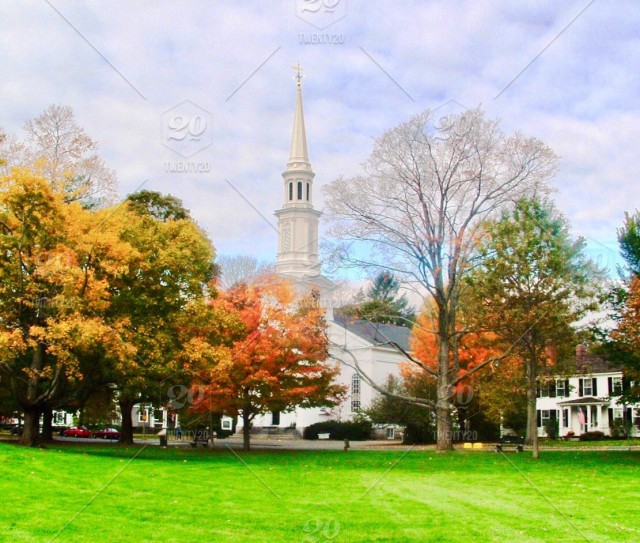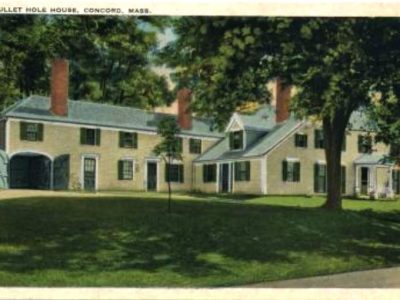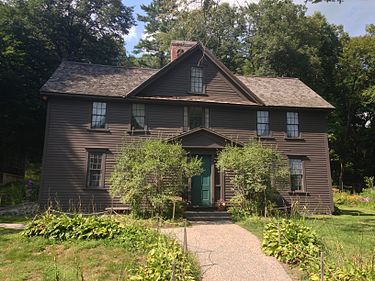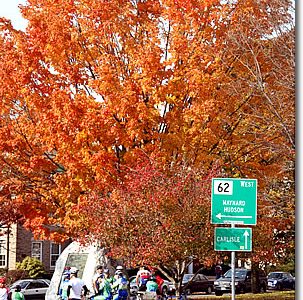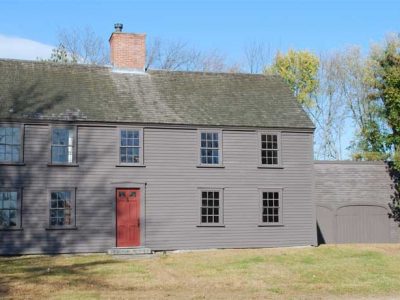Project Info
Project Description
It was here, on the morning of April 19, 1775, that “the first blood was spilt in the dispute with Great Britain,” as George Washington wrote in his diary. In this first skirmish, 77 Minutemen (local colonists who had volunteered to be first responders to military and other threats) faced British Regulars. Eight Minutemen lost their lives and 10 were wounded. Two British soldiers were also injured. After the battle, Samuel Adams exclaimed to John Hancock, “What a glorious morning for America!”
View Henry H. Kitson’s Minuteman Statue, erected in 1900, to memorialize the Lexington Minutemen. The oldest war memorial in the country, the Revolutionary Monument was completed on July 4, 1799 and sits on what was originally the site of the Town’s first schoolhouse. In 1835 the remains of the colonists slain in the Battle of Lexington were moved from their common grave in the Old Burying Ground and placed under this monument.
MONUMENTS ON BATTLE GREEN
There are several monuments on the Battle Green:
- The Minuteman Statue
 The Revolutionary War Monument, a granite obelisk erected in 1799, which marks one end of the line of Minutemen that stretched across the Battle Green to confront the British Regulars. In 1835, the remains of seven of the eight miltiamen killed in the battle were exhumed from the nearby Old Burying Ground and reburied within the monument’s iron fence.
The Revolutionary War Monument, a granite obelisk erected in 1799, which marks one end of the line of Minutemen that stretched across the Battle Green to confront the British Regulars. In 1835, the remains of seven of the eight miltiamen killed in the battle were exhumed from the nearby Old Burying Ground and reburied within the monument’s iron fence.- A boulder marks the other end of the Minutemen’s line. It is inscribed with Captain John Parker’s famous quote:
“Stand your ground. Don’t fire unless fired upon, but if they mean to have a war, let it begin here.” - A relief of the Battle of Lexington by noted sculptor Bashka Paeff.
- A bronze plaque, placed in 1910 by the Daughters of the American Revolution, which marks the original location of the Belfry.

